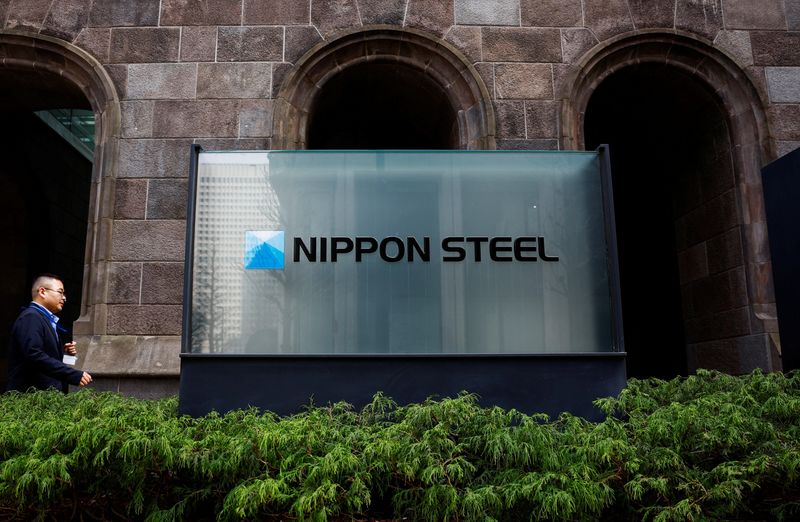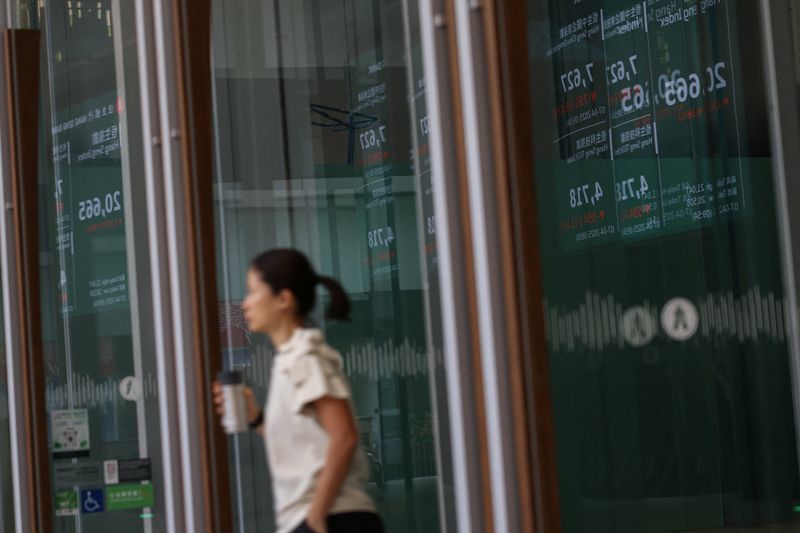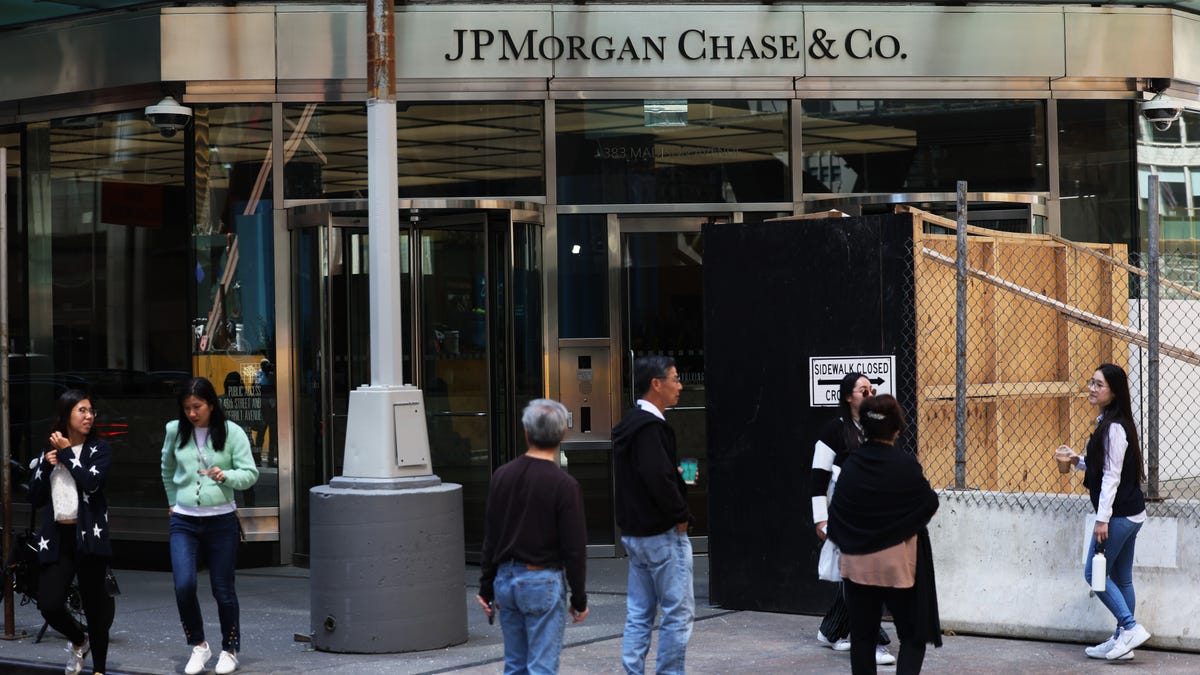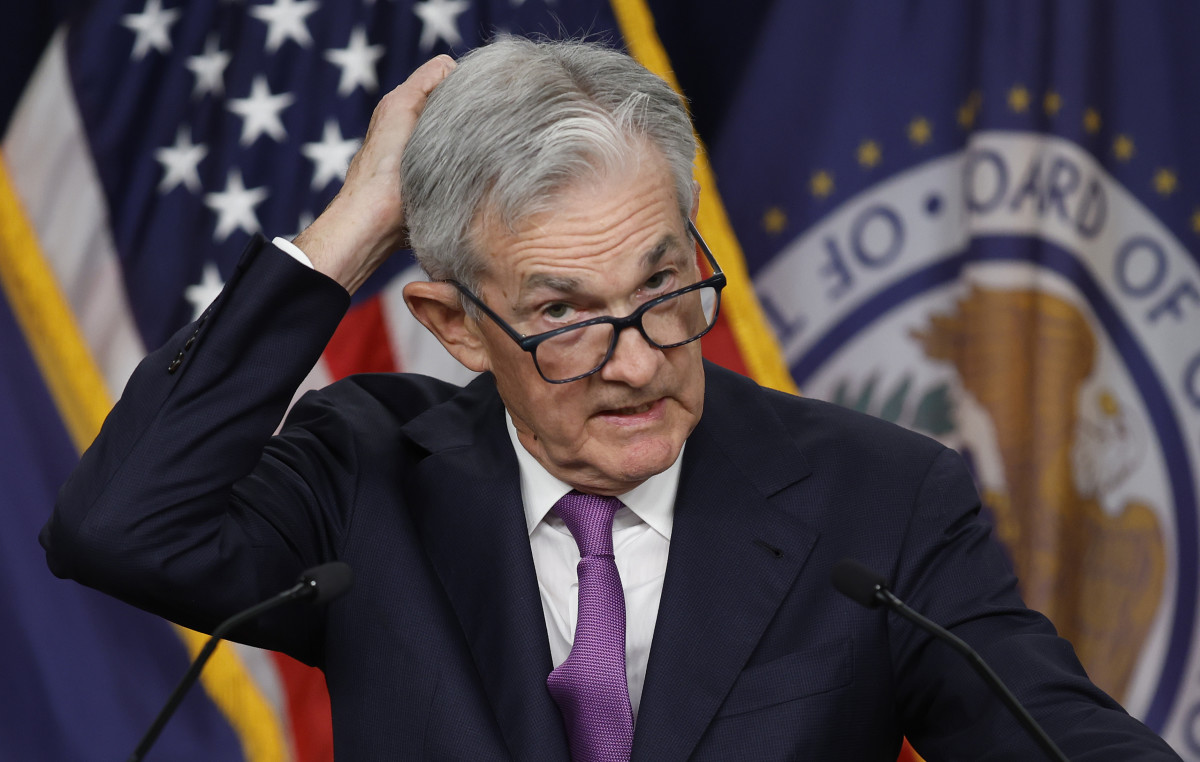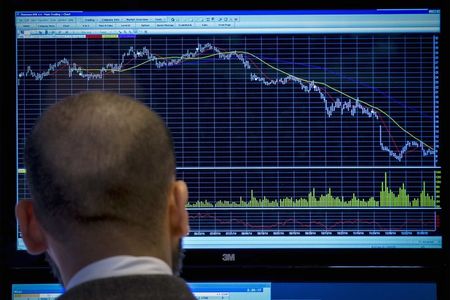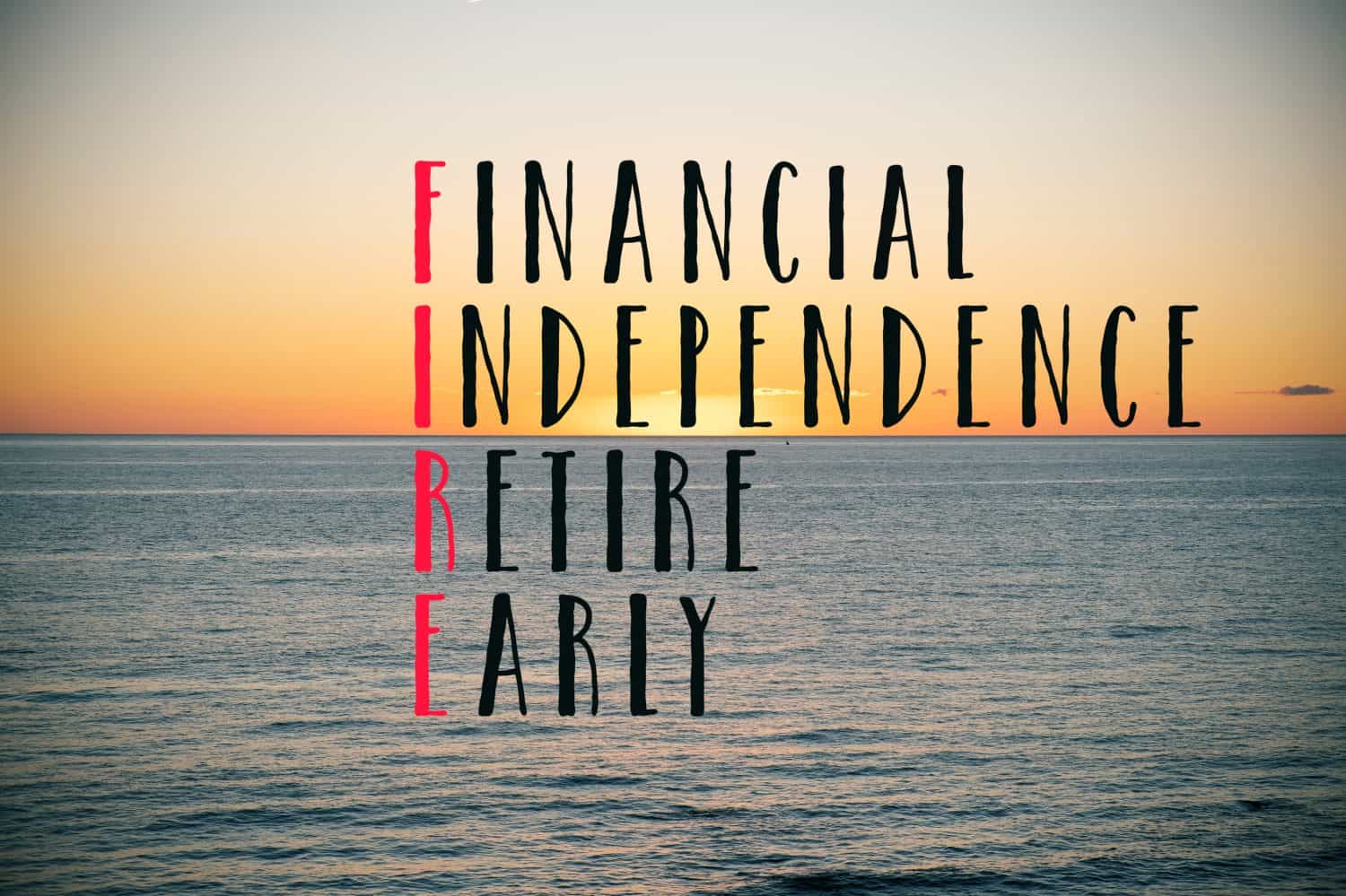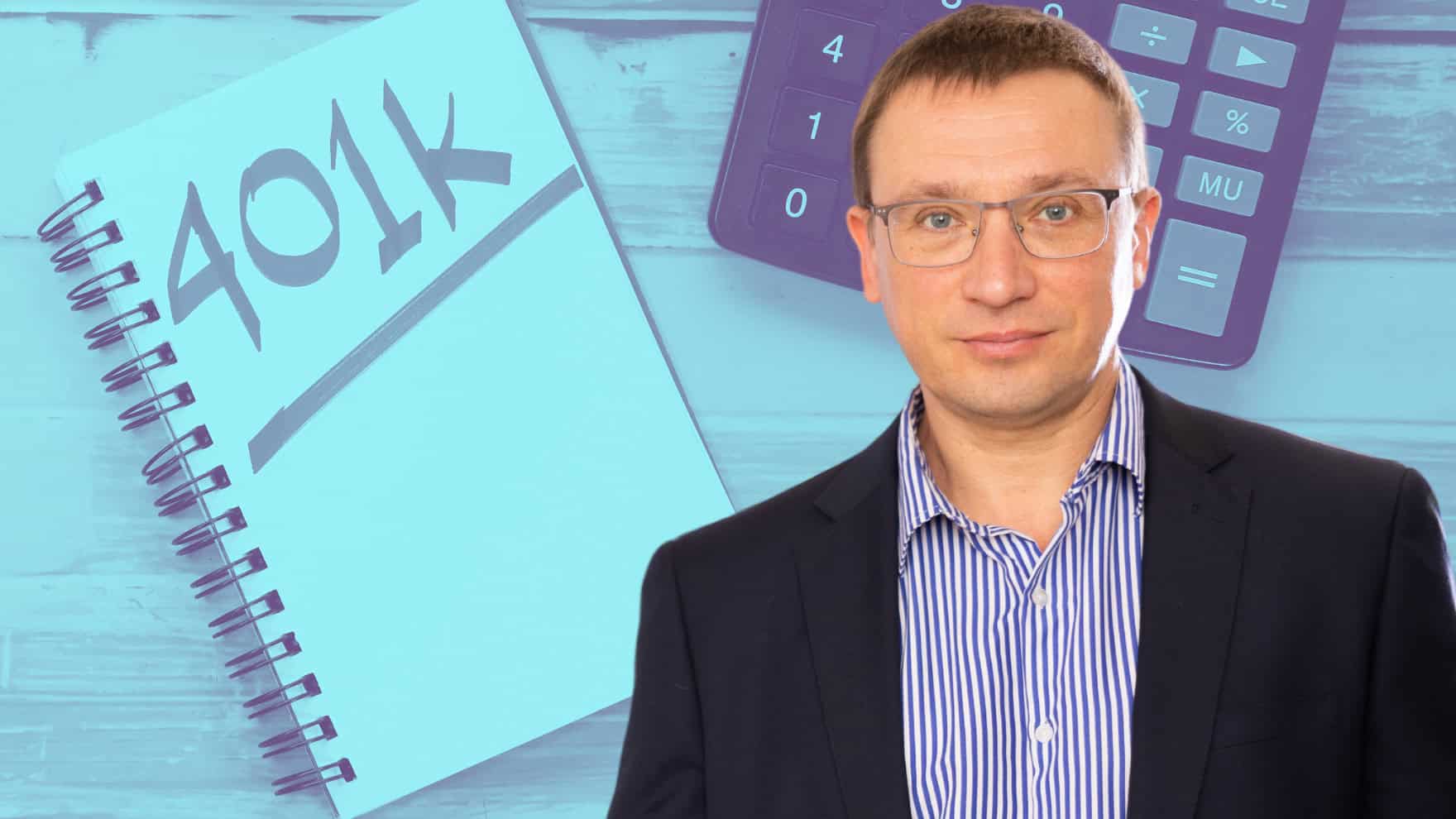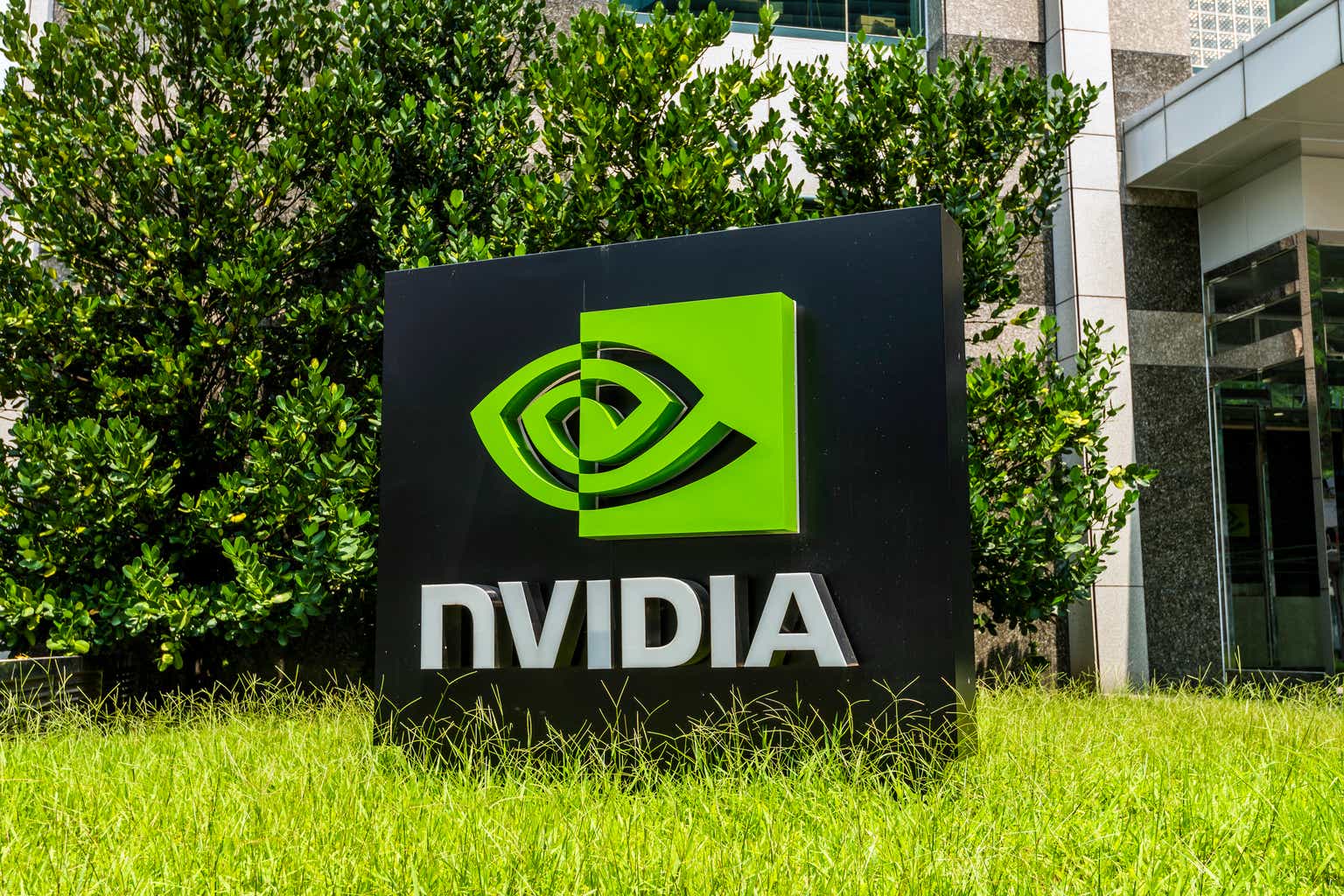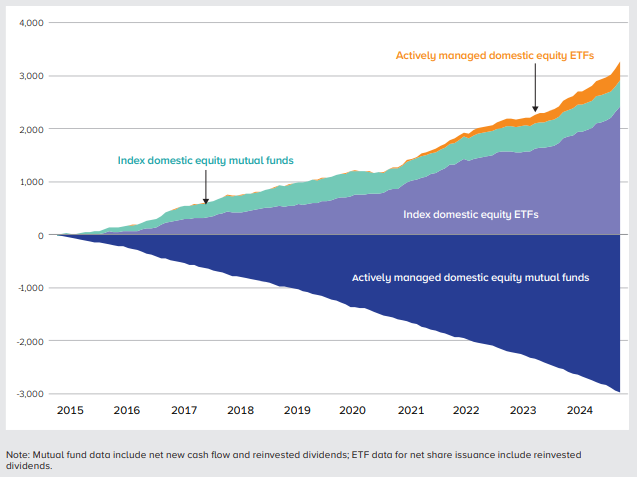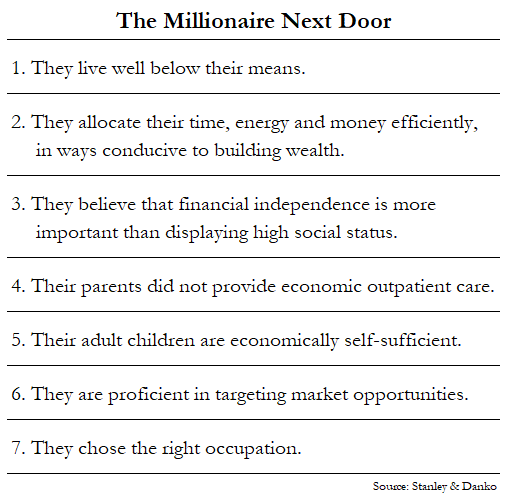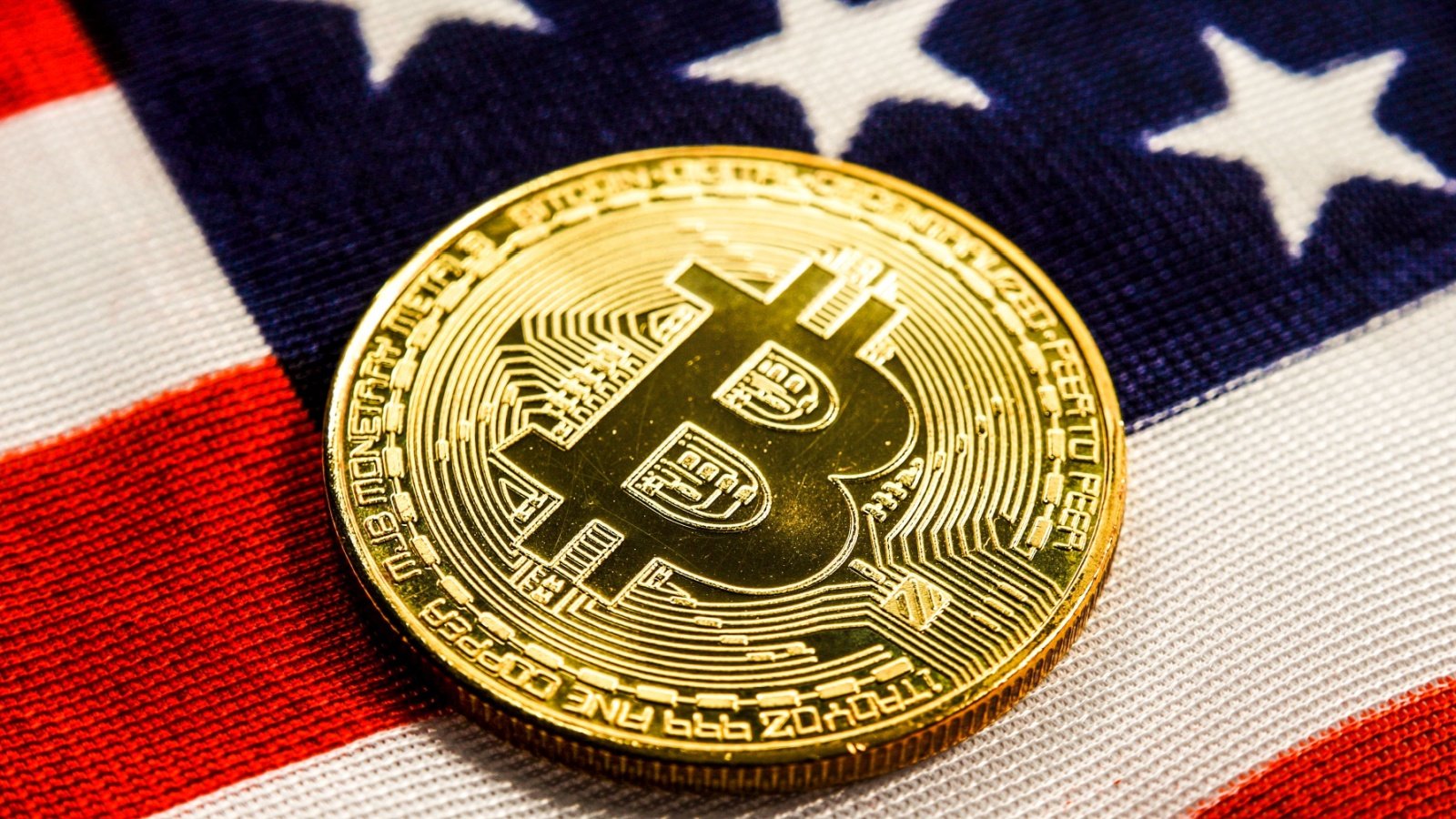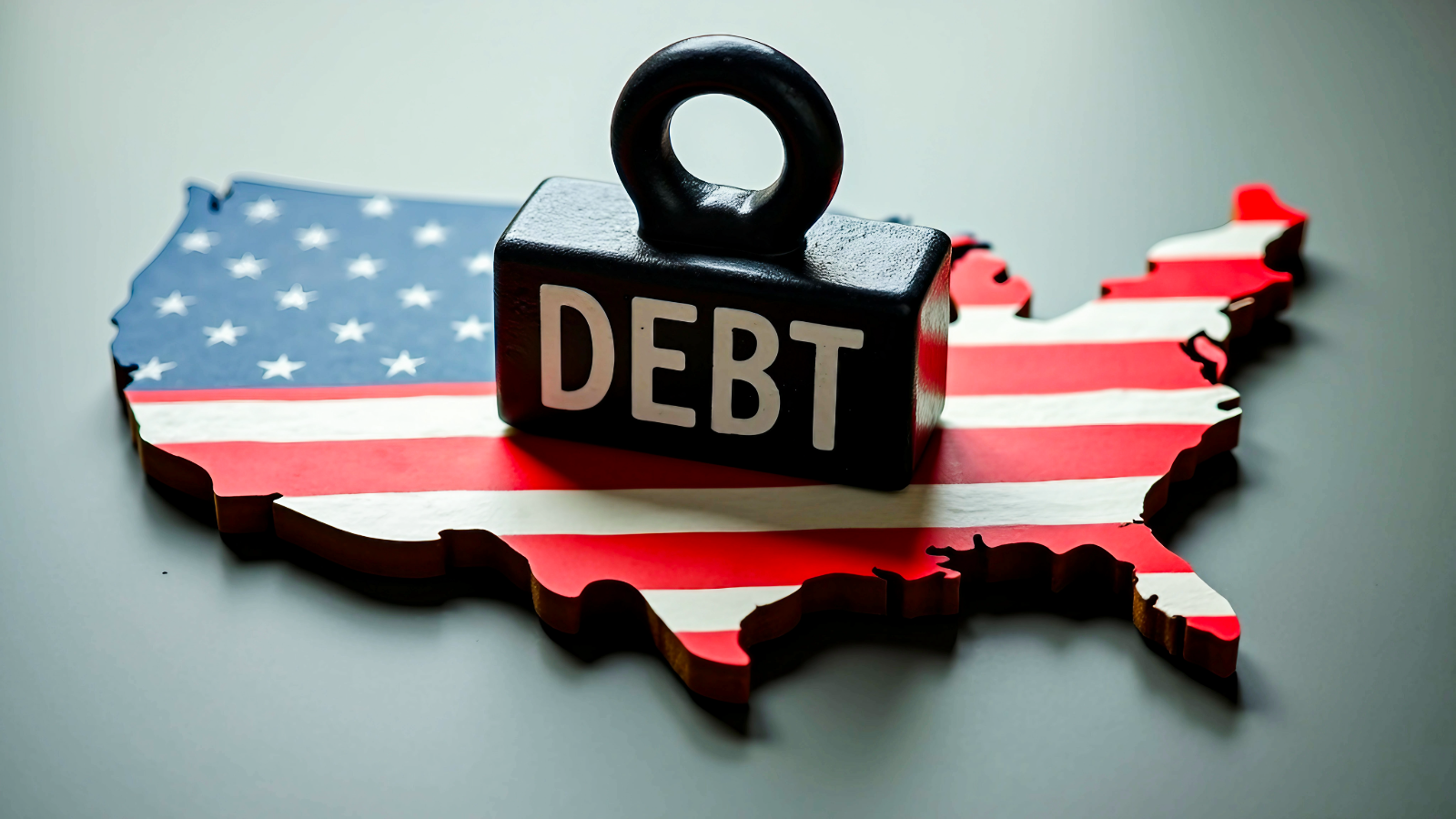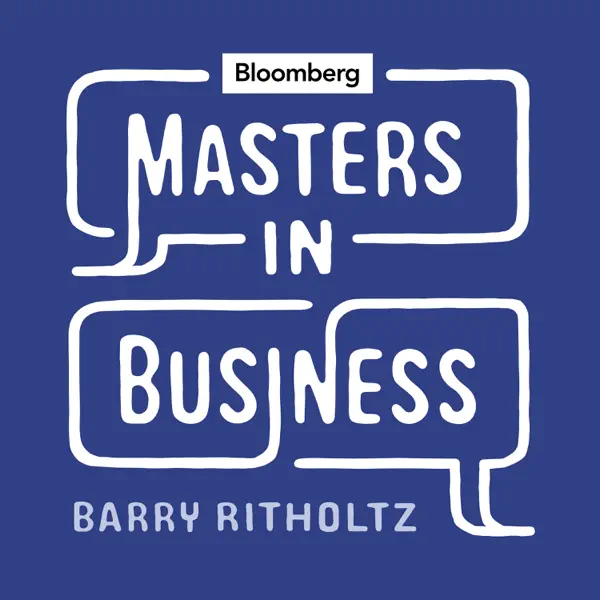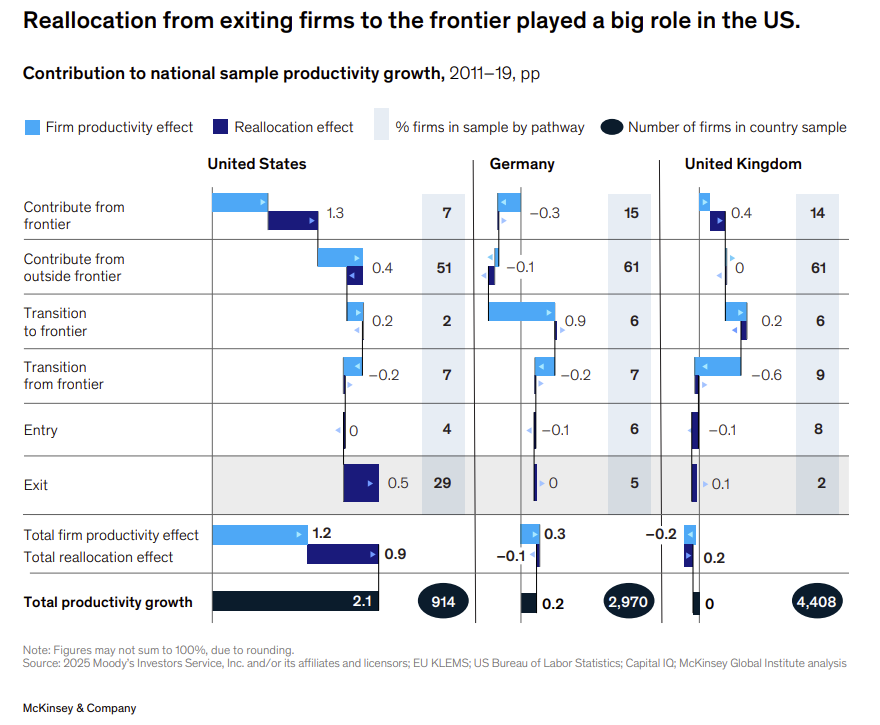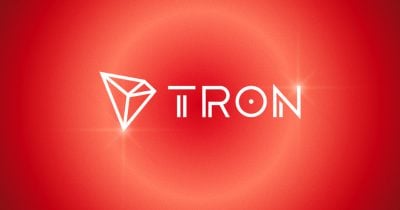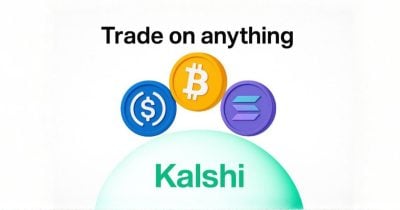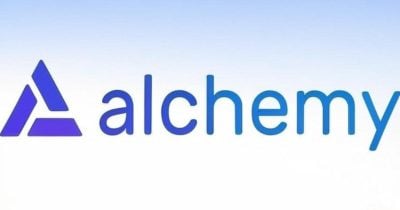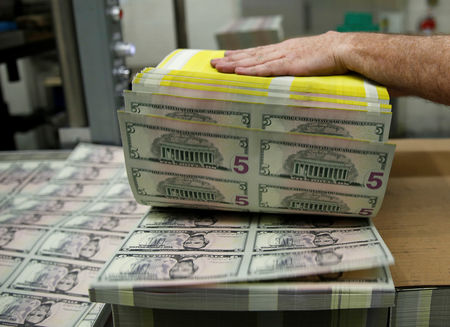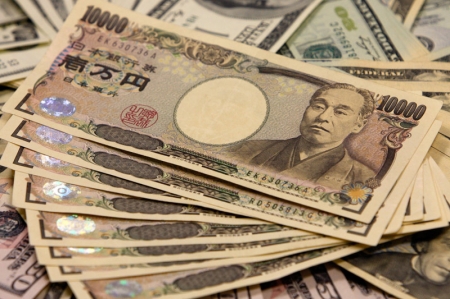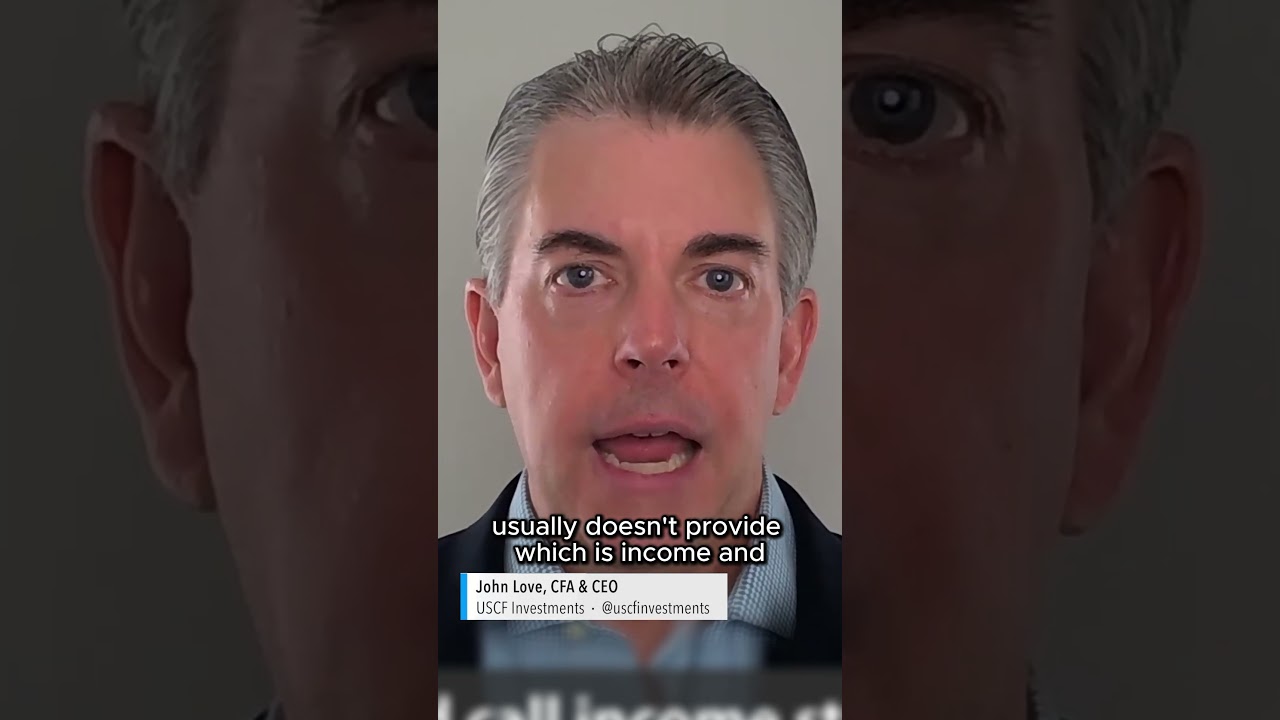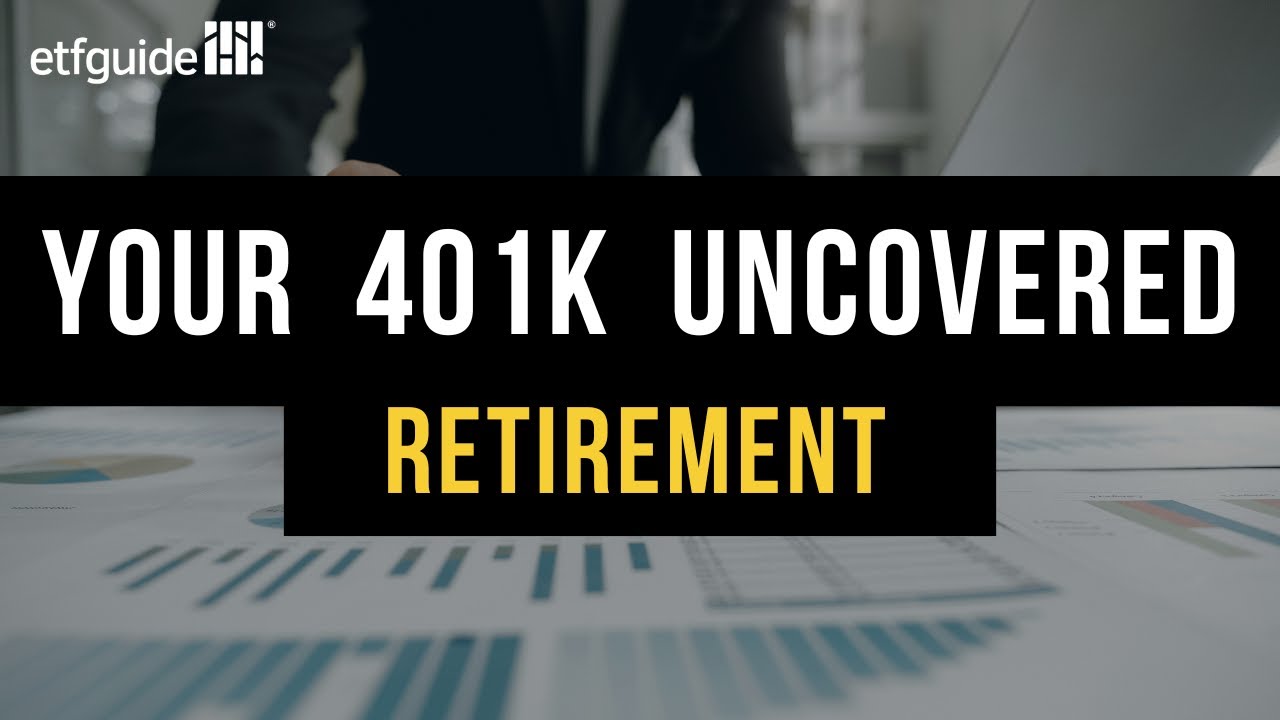If You Invested $15,000 In Vanguard’s VIG 5 Years Ago, This Is How Much Cash From Dividends You Would Have Today
Risk tolerance is a very subjective topic. It is a necessary qualifying component of the KYC (Know Your Customer) protocols for financial professionals, and is implemented to establish levels of investment risk that a new customer is comfortable taking. While the ideal investment delivers big capital appreciation and AAA principal safety, the maxim “no guts […] The post If You Invested $15,000 In Vanguard’s VIG 5 Years Ago, This Is How Much Cash From Dividends You Would Have Today appeared first on 24/7 Wall St..

Risk tolerance is a very subjective topic. It is a necessary qualifying component of the KYC (Know Your Customer) protocols for financial professionals, and is implemented to establish levels of investment risk that a new customer is comfortable taking. While the ideal investment delivers big capital appreciation and AAA principal safety, the maxim “no guts no glory” applies also to investing, where the largest returns are generally the ones that are the riskiest ventures.
Exchange Traded Funds (ETF) are a popular vehicle for diversified investments, as they can be bought and sold online with ease and are usually subject to lower fees than mutual funds. ETFs come in a wide range of configurations, and are generally passively managed and designed to mimic the performance of designated market indexes.
Key Points
-
Dividend growth, in the majority of cases, is a stock indicator of a company’s business success, since dividend growth usually is commensurate with profit growth.
-
The Vanguard Dividend Appreciation Index Fund ETF is a popular ETF platform for investors to avail themselves of blue chip companies with a steady track record for both dividend increases and price appreciation growth.
-
Deployment of a dividend reinvestment protocol can substantially boost overall ROI for investments in an ETF such as Vanguard Dividend Appreciation Index Fund ETF.
-
Calculating retirement objectives and risks can be intimidating. Are you ahead or behind on your retirement plans? SmartAsset’s free tool can match you with a trained financial advisor in minutes to help you answer your questions today. Each advisor has been carefully vetted to analyze your needs and advise actions to best achieve your portfolio goals with your best interests in mind. Don’t waste another minute – get started by clicking here.(Sponsor)
For those investors who have found the S&P 500 Index too volatile for their liking, there is another index that offers steady growth, albeit at a slower pace, combined with a strong income component and lower volatility. The S&P U.S. Dividend Growers Index is one such benchmark. Containing Dividend Kings (50 or more consecutive years of increased dividends) and Dividend Aristocrats (25 or more years in a row of increased dividends), this index contains Fortune 500 companies whose businesses are historically profitable enough that they can afford to continue higher dividend payouts year after year. The Vanguard Dividend Appreciation Index Fund ETF (NYSE: VIG) is a popular ETF with a portfolio reflecting this exact index.
Founded in 2006, the Vanguard Dividend Appreciation Index Fund ETF strives for a mix of capital appreciation and income from dividend growth companies, i.e. those with a history of dividend increases accompanying growth. Its yield is 1.87% and it has a 0.05% expense ratio. The dividend increases have to be consistent for a minimum of 10 years to warrant inclusion. Surprisingly, the top 25% companies with the highest yields are excluded from the 330+ stocks on the VIG roster. VIG has a Morningstar gold ETF ranking. It had $101.79 billion assets under management (AUM) as of the time of this writing.
A look at VIG’s top 10 holdings shows how its criteria differ from S&P 500 Index ETFs, which are usually led by Magnificent 7 stocks, based on market cap size:
- Broadcom
- Microsoft
- Apple
- Eli Lilly
- JP Morgan Chase
- Visa, Inc.
- Exxon Mobil
- MasterCard
- Costco Wholesale
- Walmart
The VIG Dividend Difference
As the calculator demonstrates, a $15,000 investment in VIG back in January, 2020 would be worth $25,833.91 today, at the time of this writing, which equates to a 72.23% ROI. The total return would be $10,833.91.
The annualized return equates to 10.62%. This calculation also includes compounding through reinvested dividends. The reinvested dividend value is $2,425.58. The actual cash dividends paid out from the initial 119.67 shares equates to $1,849.45. If the dividends are not reinvested, the total return would be $8,408.33. Therefore, reinvesting the dividends enabled an additional return differential of $2,425.58 over the 5 year span.
The Dividend Reinvestment Advantage For Safer Returns

As the charts demonstrate, reinvesting dividends contributed a 22% boost to ROI, while overall capital appreciation growth still averaged over 10% annually. Dividend Reinvestment Programs (DRIP) can automatically implement purchases of additional shares without additional fees or order entries, if one is so inclined.
In the case of an ETF such as VIG, investors with weaker stomachs for volatility can sleep more easily, knowing that their portfolios are still growing albeit without the roller coaster ride delivered by Nvidia, for example.
Another plus to VIG is that since it contains both current and potential future Dividend King and Dividend Aristocrat stocks, the dividend amounts will continue to grow with each passing year. This will, in turn, increase the amount of additional shares that can be obtained under a DRIP agreement. This is a classic compounding model for health building that can work for the benefit of many investors. On the contingency side, the investor can always cancel the DRIP agreement if there is an emergency need for the dividend income pending, since it can always be renewed at a later date after the crisis has passed.
The post If You Invested $15,000 In Vanguard’s VIG 5 Years Ago, This Is How Much Cash From Dividends You Would Have Today appeared first on 24/7 Wall St..


